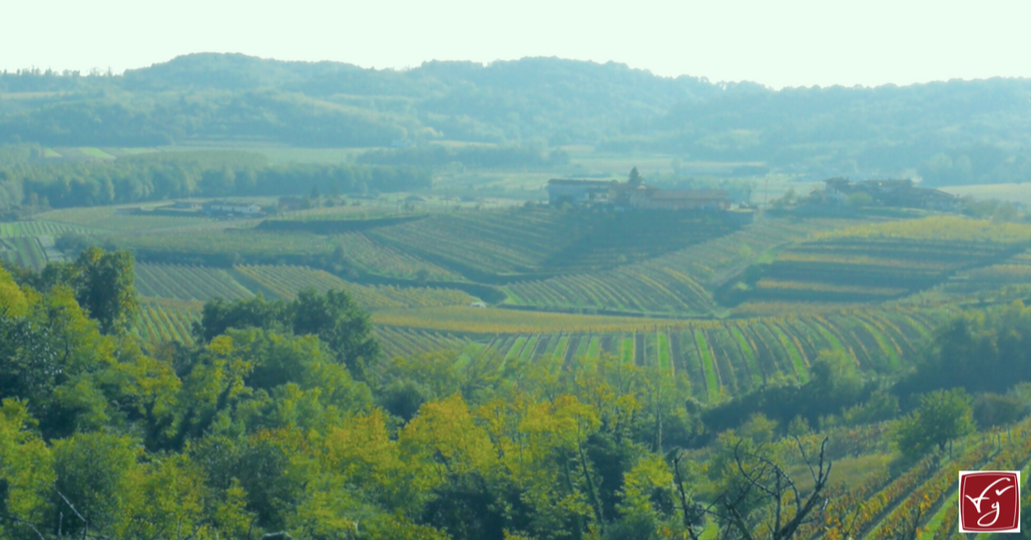Now running for the 15th year in a row, the outstanding work is the result of a large group of experts' efforts in monitoring for 7 months all the stages vines go through, from springtime to autumn, from sprouting up to the grape harvest, during 2022. Different scientifical criteria, like weather conditions or grape diseases, are taken into consideration when analysing the vineyards' performance as to health and production.
The purpose is to build up an archive that could help, somehow, “foresee” the future and prevent predictable damages by relying on actual data. «In 2020 the DOC Friuli Colli Orientali turned 50, and if we think that in the next 50 years we'll be able to count on a century of data collections, we can positively say that our DOC would be sheltering itself from many risks», as they state in the work's introduction. Which risks? Standardization, inability to face changes and an incoherent experimentation when not based on actual studies.
An impressive amount of data were collected, as usual, to reach the final result for “Le stagioni e le uve 2022”. To investigate the grapes' phenologic development, 134 vineyards have been monitored for 7 months and 13 grape varieties analysed. For a global glimpse on the phytopathological situation, 436 vineyards were monitored in 14 cities, carrying on 5,927 evaluations and spotting 57 problems.
310 vineyards and 23 grape varieties were monitored to examine the grapes' ripening, by applying 15 parametres in an overall 647 analyses. As to production, the monitoring was applied to 54 vineyards and 14 grape varieties, on a total 51,638 single grapes, with 2,160 bunches of grapes weighed on purpose.
According to Ceviq s.r.l., the surface for the entire production of D.O.C. Friuli Colli Orientali in 2021 was about 1,956 ha (+4,8%). In the last 14 years, the grape variety that increased the most has been Ribolla Gialla (+45%), and other varieties recording an upward trend are Malvasia Istriana (+40%), Pinot Grigio (+15,3%), Schioppettino (+7,7%) and Friulian Tocai (+7,3%). Red-berried international grape varieties are slowing down though, like Cabernet Sauvignon (-45%), Cabernet Franc (-39%) and those for sweet wines like Friulian Verduzzo (-50%). As to the DOCGs which are safeguarded by the Consorzio, their growing surface is stable. The most spread varieties among winemakers are Tocai Friulano (324 hectares), Pinot Grigio (261 ha), Sauvignon (240 ha), Merlot (232 ha) and Ribolla Gialla (203 ha).
In 2021, the bottles produced by the D.O.C. Friuli Colli Orientali were an overall 7,7 millions.
Last year the weather was extremely dry. According to the data collected by Consorzio Friuli Colli Orientali e Ramandolo's experts, last May has been the driest month (of the 7 ones taken into consideration) with only 30mm of rain (-81%). Oddly enough, it was the grape harvest's month, September, that helped maintain a balance, being the only one more rainy than usual (310mm, +104%): such a fact would have spoiled the harvest in normal conditions, as heavy rains in the final phase are considered a bad influence on the grapes' outcome. But this time it actually helped a lot instead, thus filling the gap of the previous drought.
On the whole, 2022 was a very hot and dry year: this put the vines' development on fast-forward mode, leading to an early sprouting and a consequent early blossoming. The dry climate discouraged attacks by bugs and habitual vine diseases didn't spread so much, except for a few episodes. Grapes' ripening was still satisfactory despite the unfavorable weather conditions.
For the FULL report, please click here.
Partners who collaborated to the data collection for “Le stagioni e le uve 2022” are: Banca TER, Istituto Statale di Istruzione Superiore “Paolino d’Aquileia”, ERSA FVG (Regional Agency for Rural Development), University of Udine, ARPA FVG-OSMER, Ceviq S.r.l. (Italian Wines and Products Certification), Friuli Venezia Giulia's Regional Government.
The Consortium's area includes, from the North, the towns of Tarcento, Nimis, Povoletto, Attimis, Faedis, Torreano, Cividale's Eastern part, San Pietro al Natisone, Prepotto, it then extends itself South-West towards Premariacco, Buttrio, Manzano, San Giovanni al Natisone and Corno di Rosazzo (here are all the municipalities involved). These hills are between 100 and 350 metres high (above sea level) and four DOC, or Denomination of Controlled Origin abide here: DOC Friuli Colli Orientali, DOCG Ramandolo, Rosazzo and Colli Orientali del Friuli Picolit. More than 200 local winemakers adhere to the Consortium.
Photo Credits:
Report "Le Stagioni e Le Uve 2022"'s cover taken from Consorzio Friuli Colli Orientali e Ramandolo's official Facebook account
Inside graphics taken from "Le Stagioni e Le Uve 2022"
Opening photo and landscape photo by Raffaella Turati






 RSS Feed
RSS Feed